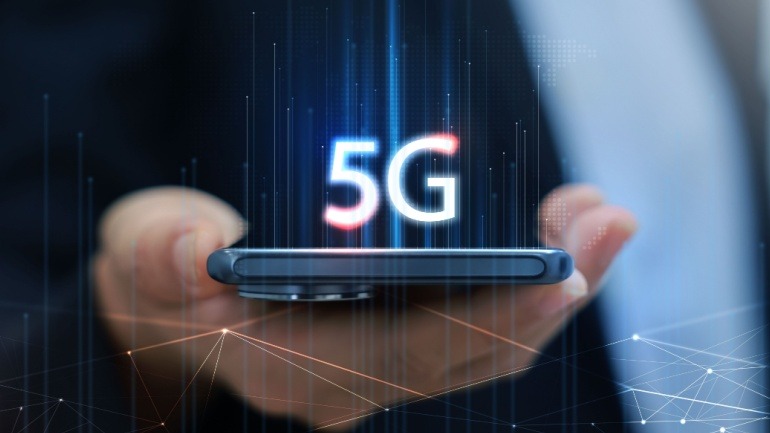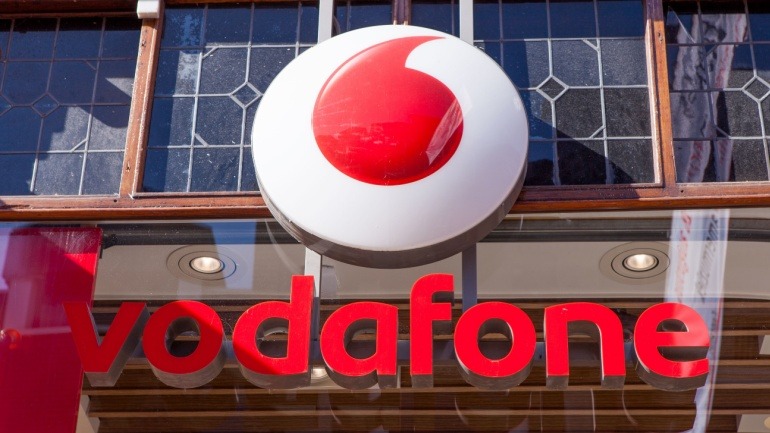Today, while 4G LTE remains the dominant wireless communication standard for most federal agencies, its limitations are becoming evident as data demands rise. Agencies are heavily relying on 4G for mobile connectivity; however, as operations grow more complex, a shift to 5G is essential to modernize federal IT and improve service delivery.
Improving federal operations involves overcoming hurdles like aging infrastructure and procurement challenges. Around 85% of public sector decision-makers are embracing emerging technologies, leaving legacy systems behind. Expectations from citizens and the workforce demand efficient technological programs for swift decision-making, facilitated by mobile access and data-driven insights.
5G aids in bridging this gap, offering the necessary performance and scalability to support cloud adoption and edge computing. Enhanced reliability and coverage, both in remote and high-density areas, empower the transition to modern, data-centric operations. This aligns with federal zero-trust mandates, ensuring secure cloud architectures.
Field-ready performance is crucial for today’s workforce, requiring secure collaboration and data access even in challenging environments. 5G ensures efficiency, security, and responsiveness. According to a report, the U.S. Department of Defense has invested over $1.85 billion in 5G development since 2020. Projects like smart warehousing and augmented reality training aim for a smarter, faster, and more connected force.
Revolutionizing real-time applications, 5G enhances military and civilian mission success with speed, precision, and reliability. Whether it’s real-time drone telemetry or secure mobile logistics, the technology supports more effective operations.
While 5G’s speed and scalability are commendable, security remains paramount. About 67% of federal CIOs rank cybersecurity among their top concerns. 5G is designed with advanced security protocols, offering better encryption and robust authentication. Network slicing helps isolate sensitive traffic, preventing potential attacks. At the same time, 5G improves user experience with multi-factor authentication, ensuring data protection without sacrificing accessibility.
Transforming federal connections, communications, and security, 5G acts as more than a mere upgrade; it’s a catalyst for smarter decision-making, efficient logistics, and heightened cybersecurity. As infrastructure scales and devices evolve, its impact will deepen further, making 5G indispensable for agencies striving for modernization.







